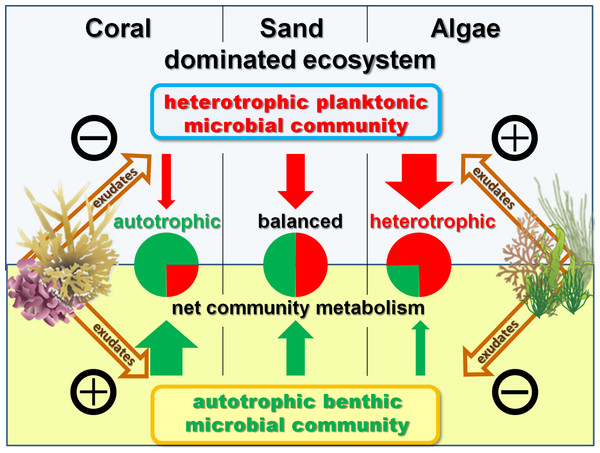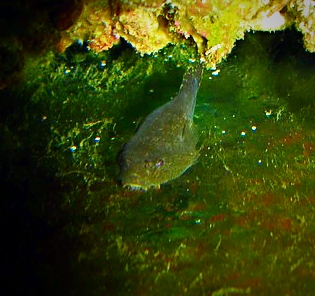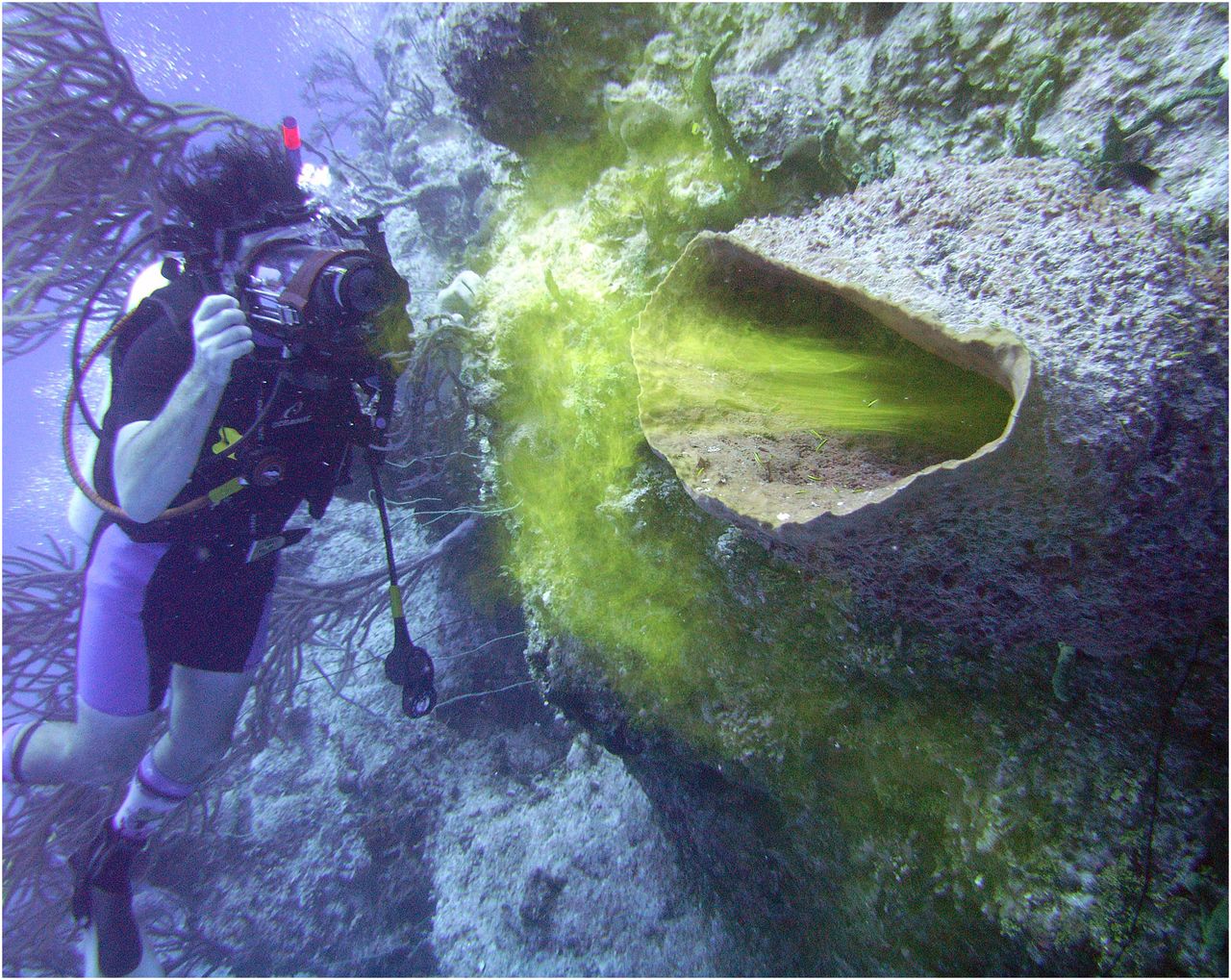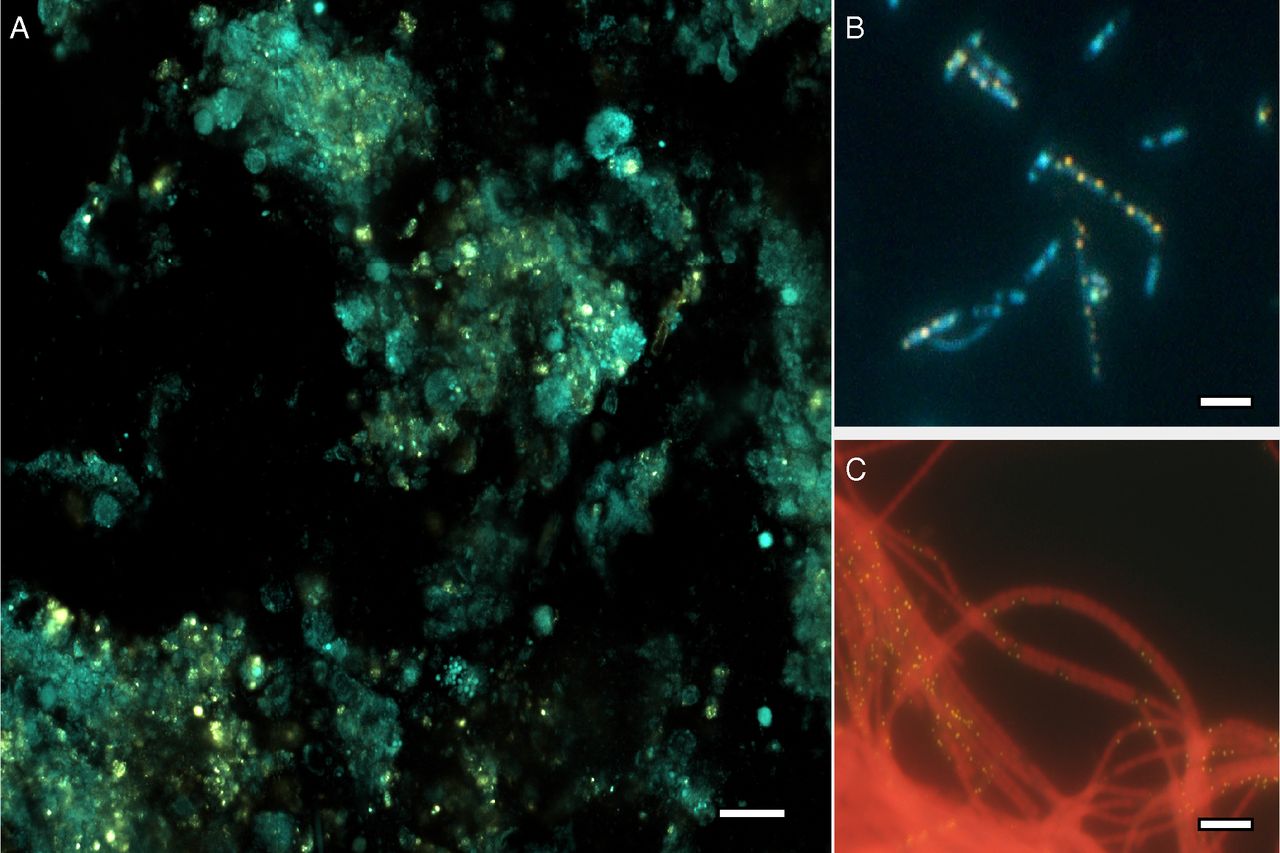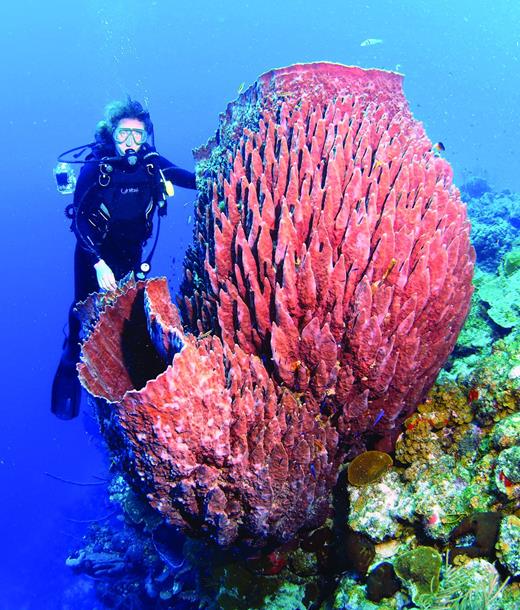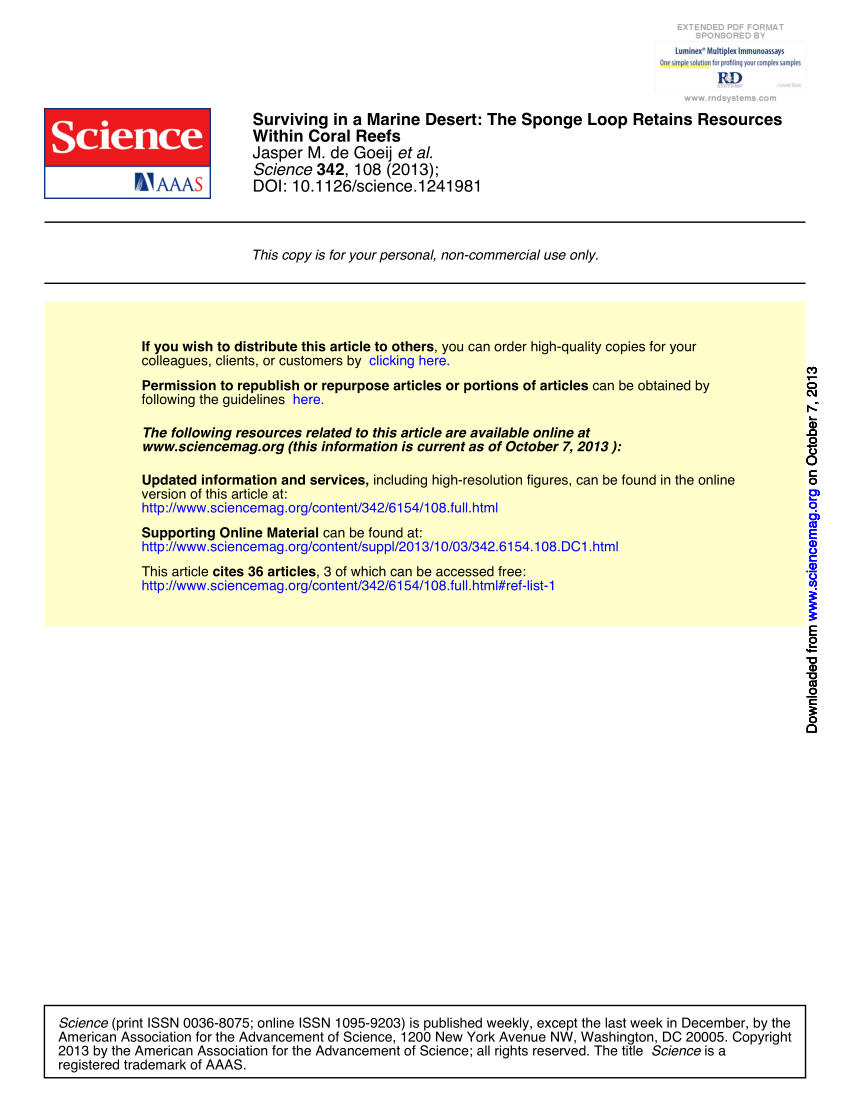I'm not following your approach. Claim to have a degree on marine engineering which is the design of systems and not the biology of life. That therefore holds no merit with me. 51 years of reefing means nothing. I can keep life and yet no clue how I did it just because I followed the recipe of others, too. Spent enough time at a transhipper dedicating an entire section to corals as well as time spent with wholesalers back in the day to know that.“Are you challenging my claim on alkalinity stability based purely on an article or actual experience? My claim as unbelievable as it might seem. Based mostly on actual experience. Backed by science and Randy, too. Don't know what else I can say but it is what is causing my inability to stabilize ph. One negative aspect of zero WC and carbon dosing. Why now back to testing a refugium. Pretty confident that will solve my concerns. Has in the past and science backs it. Just how I will implement still debatable and why I'm seeking solutions other than chaeto plus an itch I should scratch.”
@GARRIGA
After 51 year of Reefing experience and a marine engineering degree that researches the science, I don’t agree with your claims on alkalinity & carbon dosing. So I can better understand, explain to me how you “carbon dose“.
I can't explain it better than I have already. In simplest terms. Nitrification strips alkalinity by creating acids (are we disputing this) and denitrification creates base adding back that alkalinity lost during nitrification. I'm sure it is more complex than that but I like to simplify processes as I'm more focused on the results than exactly how the wheel was greased thereby this is how I best recall it. Spent my career in finance with a focus on modeling, reverse engineering issues and strategic decision making. By default. My brain questions everything and places experience above all things. Especially my own.
Carbon dosing provides the sugar or fuel (as I interpret it) that allows heterotrophic bacteria to require nitrates and nitrites (as well as others) to complete the nitrogen cycle. That carbon can also be derived from detritus being consumed by heterotrophic bacteria. Although my testing has proven that to not be very efficient. Hence the carbon dosing.
I'll be honest. Based on what I know about denitrification requiring no DO yet bound oxygen such as nitrates plus carbon from sugars, vinegar or alcohol it does seem odd that denitrification can occur in the absence of that environment and perhaps one day I will get answer to that but being even more honest. Don't really care. Just know that dosing carbon keeps my nitrates where needed and phosphates, too.
As for how I dose it. Daily and by hand. Not sure why that matters. Considering sometimes I skip a day. Sometimes I increase the dosage. In the end, if I so desire I can bottom my nitrates out and keep my phosphates under 0.25 ppm. Latter can be adjusted further if needed. I purposely aim for zero. I know. Reef taboo yet as for dinos, not an issue for me. I feed heavily. Probably more than most. Will see how it affects corals. Won't happen however until my ph is fixed. Why we are speaking of sargassum.
Here's how I know all this works. First test is alkalinity. When it's at 7 I know my nitrates are up. Constantly testing new variables and often let my nitrates sky rocket just to confirm I can drop them and the affects. Once they bottom out my alkalinity is 10. When they are under 5 but not zero I'm at 9 dkh. Done this so many times that I'm satisfied in knowing that what I've read is accurate and indisputable. Done it so many times that knowing my alkalinity is enough to know where my nitrates are. This is a key point.
You keep quoting other references and I must ask. Have you actually performed what I've used as my point of reference because to dismiss my findings or question how it is yet purely off your interpretation of read isn't the correct approach. I don't mind being corrected but I prefer it based off own experience vs interpreting another.
For example, Randy educated me on alkalinity being returned when nitrates are reduced either by denitrification or taken by organisms such as plants, algae (technically a type of plant to me) or corals. WC would have removed those nitrates and thereby take that alkalinity lost during nitrification away. Also educated me on CO2 equilibrium with atmosphere. Since the early 70s (you aren't the only old dude ,respectfully, having done this so long) I believe that simple surface agitation was enough for gas exchange and I was wrong on both. Although on alkalinity I was half wrong or half correct (I like thinking in terms of half filled cups) because I had read 50% was returned. Did however think that was odd and just assumed some lost via some other level of biology my head couldn't grasp or skimmed over because technical papers in science can be very very boring to read like all I've written here because we keep questioning what I write as if I just mixed my first bucket of salt. Which I haven't since last year. Beauty of no WC other than adjusting for salt creep. I'm sure we will be discussing how exactly I can balance my salinity without WC but I'm ready. My key board only a few years old. I'm sure it can survive another 1000 plus key strokes.
Honestly, I appreciate the effort and enjoy the conversation and hope it continues and although I might not be the most seasonned I'm also neither the guy who just decides corals are pretty and I want one too. You'd be amazed at the time I spend researching every crazy thought I have and will challenge anything that just seems odd to me yet never assume the other knows less and more often than not must test it myself just to see because often I find it's not as told. Been doing no WC since the 80s. Carbon dose without a skimmer a year now. For example. It's fine to disagree and hoepfully we all learn. I do that every day except when it comes to nitrification. In general as it pertains to keeping water clean. Pretty sure I've got that part down.







